Looking at product packaging, we have become accustomed to seeing many symbols, some more well-known and others less familiar. These symbols are included by the manufacturer to communicate with the consumer based on a series of pictograms, sometimes enriched with a limited number of letters or numbers. The desire to be concise, however, carries the risk of not being explicit and causing communication errors if the consumer does not have a mental legend to interpret these symbols.
In general, symbols provide information about:
- Hazards, in the case of flammable, toxic, irritating products, etc.
- Presence or absence of certain materials, such as nickel or allergens
- Waste disposal at the end of life or packaging
- Product lifespan, i.e., “to be consumed (preferably) by…”
- Certifications, from origin to sustainability
- Usage instructions, such as proper washing or prohibition for certain age groups
- Compliance with national or international standards, such as the well-known CE mark
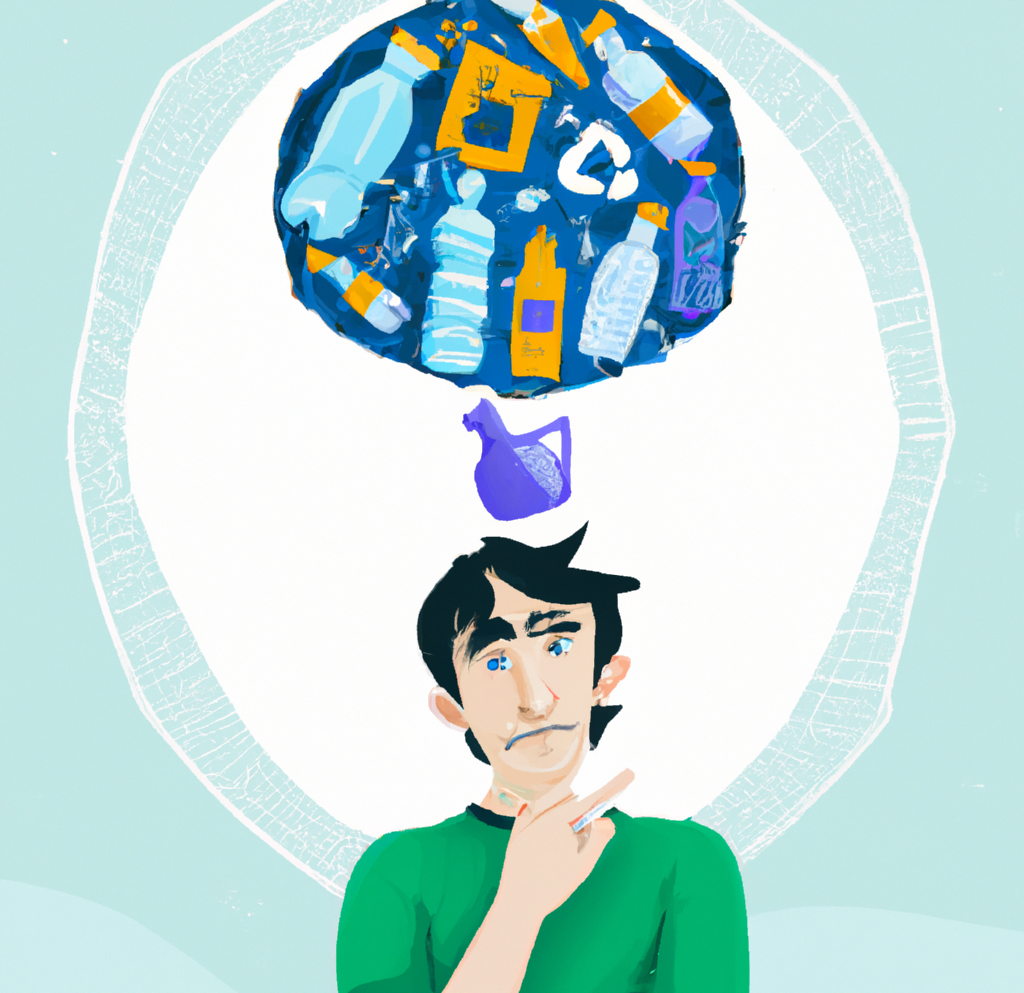
Among the hundreds of possible symbols, in this article, we focus on those relevant to recycling. In particular, we will look at recycling symbols found on common plastic products or packaging. In this category, we have:
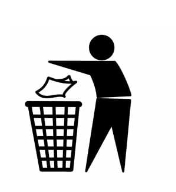
A stylized figure throwing garbage into a trash bin, also known as “tidy man.” This symbol simply reminds us not to dispose of waste in the environment but to throw it in the appropriate bins. Sometimes the symbol is accompanied by the wording “do not litter.”
Attention: It is NOT an instruction to throw the waste in non-recyclable bins!
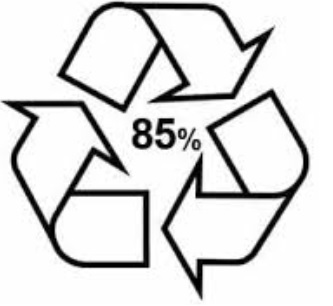
The Moebius strip is used as an international recycling symbol and indicates the recyclability of the product. It does not imply that the product is made of recycled material unless a percentage is specified. In this case, the percentage indicates the amount of recycled material.
The symbol, designed by G. Anderson in 1971, has over 50 years of history and with its closed ring structure, clearly refers to circularity, emphasizing how waste can be reused. The three arrows dividing the circle may represent the famous 3 Rs of sustainability (reduce, reuse, recycle) or the 3 phases of recycling (collection, processing, regeneration).
The logo is not registered, and there is no official regulation governing its use.
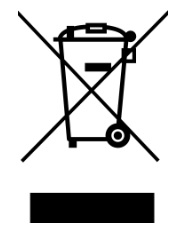
Indicates waste from electrical and electronic equipment, commonly known as WEEE.
WEEE should not be disposed of in general waste or in separate collection bins, even if they contain potentially recyclable materials. WEEE must always be deposited in dedicated containers or at ecological collection points. These wastes may contain environmentally harmful substances and are sometimes rich in valuable materials that can be recovered.
With few exceptions, most electrical and electronic equipment sold in the EU must bear this marking. Therefore, it is not an optional symbol for products falling under the scope of the WEEE Directive (Legislative Decree 49/2014).
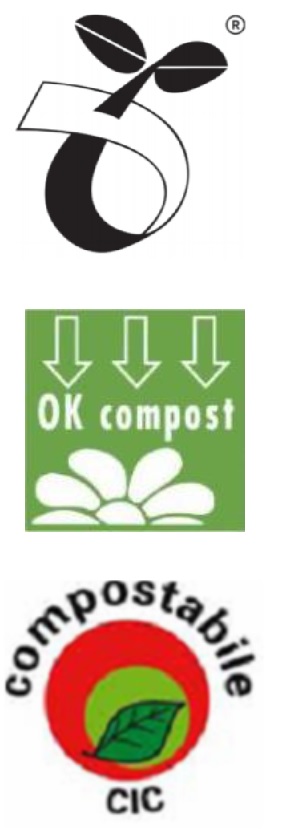
For biodegradable and compostable plastic, different symbols are used, attesting to the material’s compliance with the technical standard UNI EN 13432:2002. This compliance is verified by third-party organizations accredited by the national certifying body.
It is important to note that for a material to be defined as biodegradable and compostable, it must meet different requirements than those for biodegradability alone. To be compostable, the material must degrade by 90% within 6 months, disintegrate at least 90% into fragments smaller than 2 mm within 3 months, and the absence of negative effects on the composting process and the final compost must be verified.
Why are there 3 symbols? Currently, there is no single reference, and the three symbols are linked to the entities that have certified the product’s compostability (currently DIN Certco from Germany, Vincotte from Belgium, and CIC, the Italian Composting Consortium, from Italy). The reference standard is UNI EN 13432.
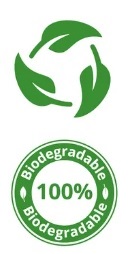
Indicates biodegradability, measured by assessing the actual metabolic conversion of compostable material into carbon dioxide using a quantitative method outlined in EN 14046. The acceptance level is 90%, to be achieved in less than 6 months. Again, it is important to note that biodegradability and compostability are two related but distinct concepts.
There is no officially recognized symbol for biodegradability, but various symbols can be found, usually with the word “biodegradable” written on them.
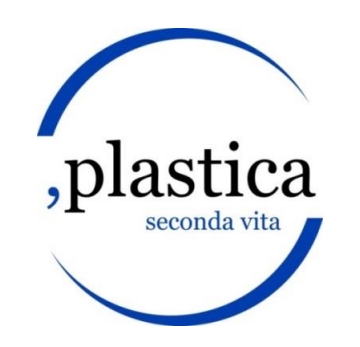
Indicates that the product has received the voluntary environmental certification Second Life Plastic (PSV), dedicated to materials and products obtained from the recovery of plastic waste from separate collection or industrial waste.

These triangles refer to the Moebius loop and indicate the type and recyclability of plastic, and are mandatory for packaging. To make them easier to recognize and classify, the code paired with the number is standardized for the different types of plastic. From Decision 129/97/EC, we have:
- 1: Polyethylene terephthalate (PET or PETE), usually used for bottles and food containers. This type of plastic is not reusable but is generally recyclable.
- 2-4: High-density or low-density polyethylene, respectively. Used for packaging such as bottles, films, jars, or food packaging.
- 3: Polyvinyl chloride. Commonly used in construction.
- 5: Polypropylene, generally used for food containers.
- 6: Polystyrene, used as packaging and shock protection or even in construction in the form of insulation panels.
- 7: Other plastics: all polymers other than those specified by Decision 129/97/EC are identified with the number 7, such as polyamide (PA), acrylonitrile-butadiene-styrene (ABS), or even biodegradable and/or compostable plastics. In this case, it is particularly recommended to include the polymer code to provide more information about the type of material.
For multicomponent waste, where materials cannot be manually separated, the 5% rule applies. If the secondary material has a weight percentage less than 5%, the product is considered monomaterial.
It is important to note that when disposing of plastic waste, the identifying code does not determine whether the type of plastic is separable or not. In Italy, only plastic packaging is considered separable. See here for our guide on the topic.

Historically used symbol on beverage bottles to indicate PET polymer (Polyethylene terephthalate).
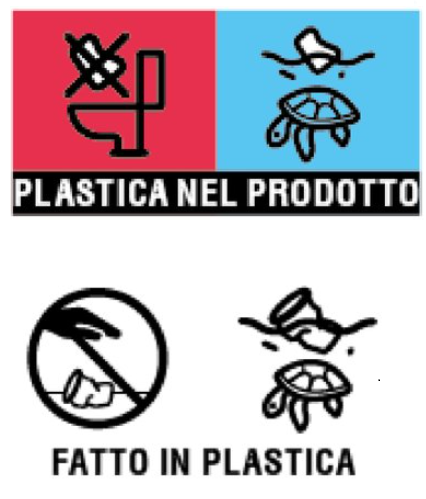
The European Union, with Implementing Regulation 2020/2151, has made it mandatory to apply these symbols on the products or packaging of specific disposable products to emphasize the partial presence of plastic (plastic in the product) or total (made of plastic). These products include sanitary napkins, tampons and applicators, tobacco products with filters, and tobacco filters, as well as beverage cups.
Environmental Labeling
With Legislative Decree 116/20, producers of plastic packaging are required to apply the environmental label. The label is placed for the purpose of identification and classification of the packaging and includes information on both the material and disposal.
So what is found in the environmental label?
- The type of packaging, i.e., the indication of individually separable parts
- The identifying code of the packaging material according to Decision 129/97/EC, i.e., the codes of the plastics mentioned above. The 5% rule also applies in this case
- Any indications for separate collection, clearly specifying the material family for each component or including phrases like “separate collection” or “Check your Municipality’s regulations”
An example
We tried to create a label for a phantom Plastic Observatory bottle with the help of the tool created by Conai (E-label). The bottle consists of a polypropylene (PP) cap, a high-density polyethylene (HDPE) body with a separable PVC label. The cap and bottle are made of recyclable plastic but are not made from recycled material.
Below is our label, the result of our work. As you can see, the main components of the bottle, the material, and disposal information are clearly and neatly presented. Emphasis is placed on the importance of municipal regulations, and there is also space to provide some suggestions to improve recycling!
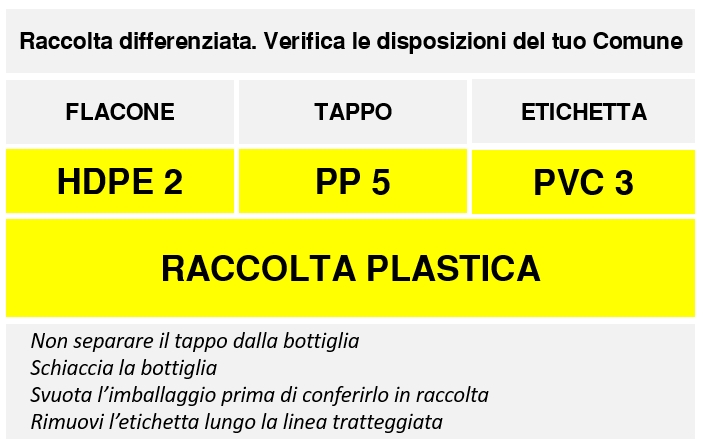
We can also add the Moebius loop to indicate the recyclability of materials. However, we will not indicate any percentage since the starting material is virgin and not recycled.
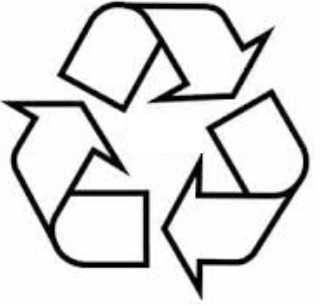
Further Information
CONAI (National Packaging Consortium) Guide for environmental labeling: here

